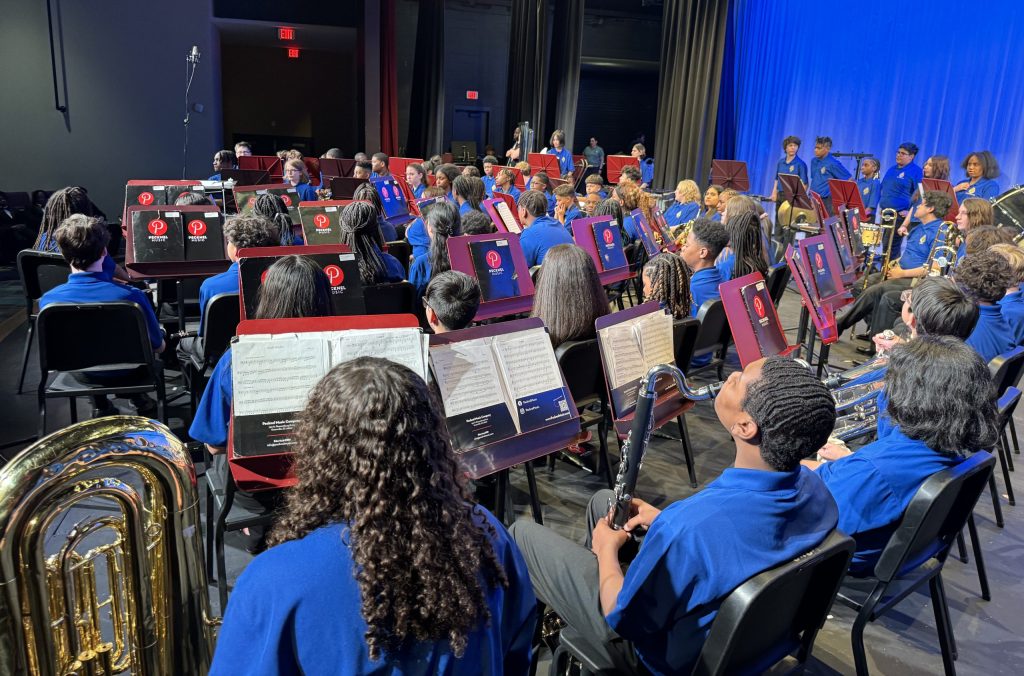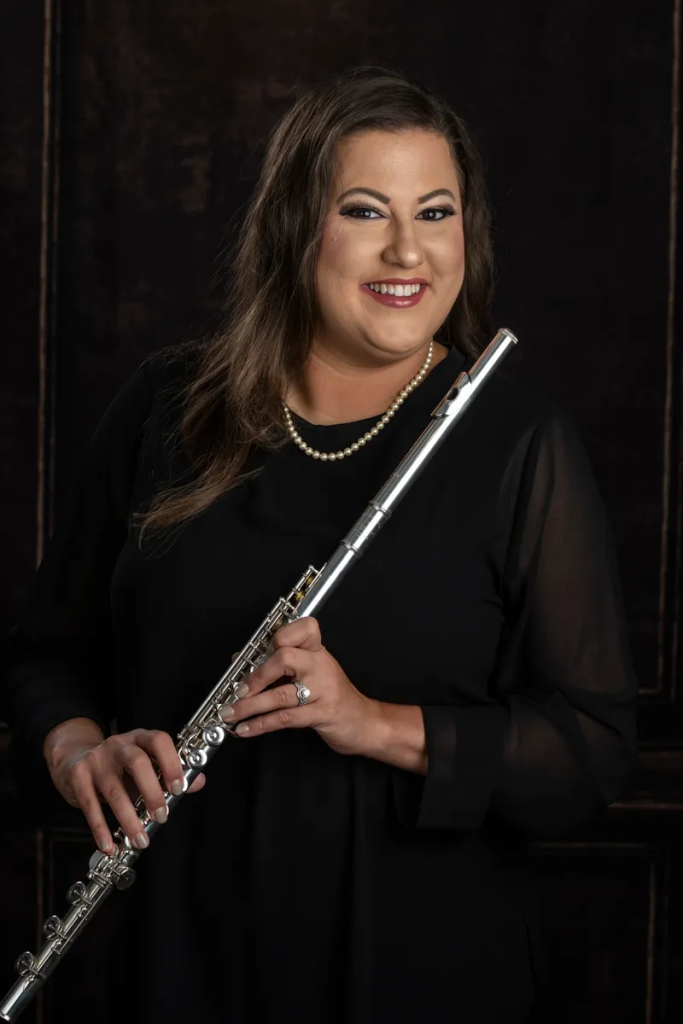06/03/24
Amanda Irby, band director, and Matthew Rubenstein, orchestra and guitar director, teach at Burney-Harris Lyons Middle School in Clarke Country School District, GA, where, together, they instruct almost 50% of the students at the school.
Like all music educators, they are constantly looking for ways to appeal to their pupils’ different learning styles, get the kids excited about learning an instrument and propel them to new musical mastery heights.
As Amanda acknowledges, “When you’re teaching your entire ensemble, there’s inevitably every different type of learner in one room. While there are a lot of blessings in that diversity there are also a lot of things to work through to get everyone on the same page.”
Together, Amanda and Matthew were able to use a data-driven approach to secure funding for their school and district by using Breezin’ Thru’s built-in teacher dashboard. Breezin’ Thru gave them the tools they needed to show tangible student improvement that also fueled better results at the state level evaluations. But first, let’s explore how they discovered the music theory program!
Where It All Started
In 2020, their world turned upside down as the COVID-19 pandemic triggered an unprecedented shift to online learning. How could they teach kids remotely, appeal to the diverse learning styles and, ultimately, foster student engagement in their music programs?
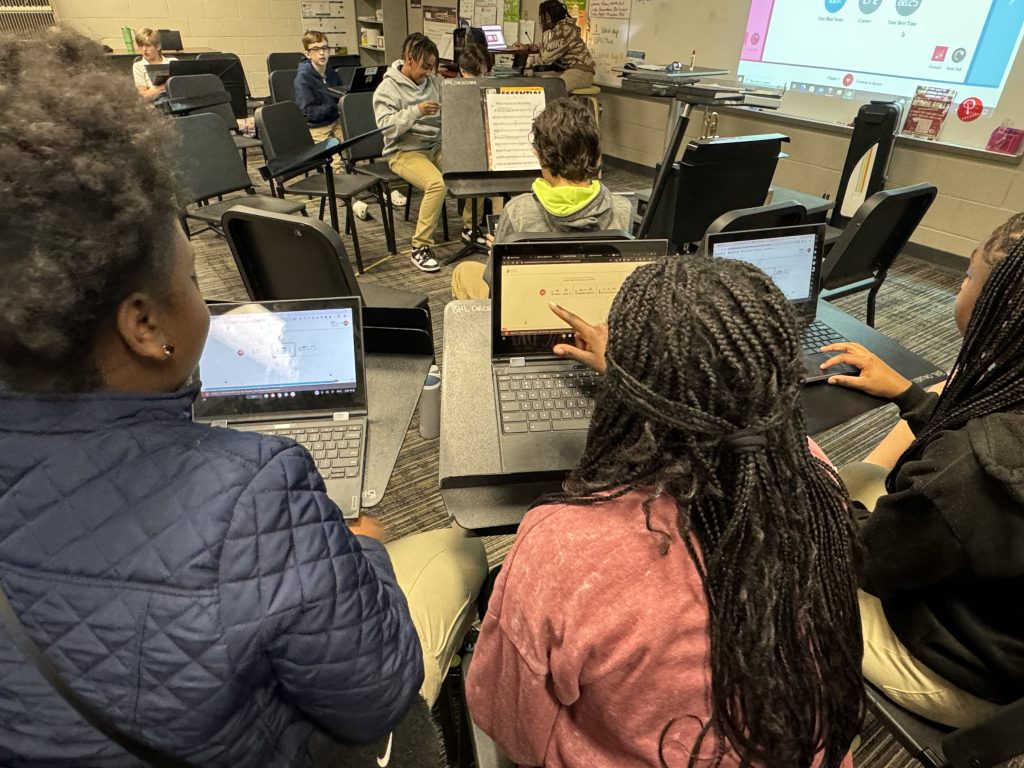 As the teachers reached out to one another for support, they learned about an online music theory program called Breezin’ Thru Theory. Amanda recalls a high school colleague talking about how helpful Breezin’ Thru was, especially as kids could log in and work on music mastery even when they weren’t together in a classroom.
As the teachers reached out to one another for support, they learned about an online music theory program called Breezin’ Thru Theory. Amanda recalls a high school colleague talking about how helpful Breezin’ Thru was, especially as kids could log in and work on music mastery even when they weren’t together in a classroom.
With the help of advocate Dan Smith, the fine arts coordinator, they were able to secure funding to get up and running with this new music theory program.
“We were a little worried at first. There were so many new things being thrown at both the teachers and the students in the early days of the pandemic. But it was easy to onboard the kids, very user-friendly and our students could work at their own pace,” notes Amanda. She laughs, “They can keep redoing the drills until they master it, boosting their confidence. And then there were the games! They were having fun and learning, so it’s really designed for their success.”
Supporting Student Success
What both Amanda and Matthew appreciated about Breezin’ Thru Theory was the teacher dashboard that allowed them to see their students’ scores and zero in on the kids who were struggling with any musical concepts, like dotted rhythms for instance. It made it easy for the teacher to assist the student one-on-one as well as direct them to the specific chapter in Breezin’ Thru’s built-in curriculum so they could review the concept and then apply it by practicing the related drills.
It was a snap to see the middle graders’ p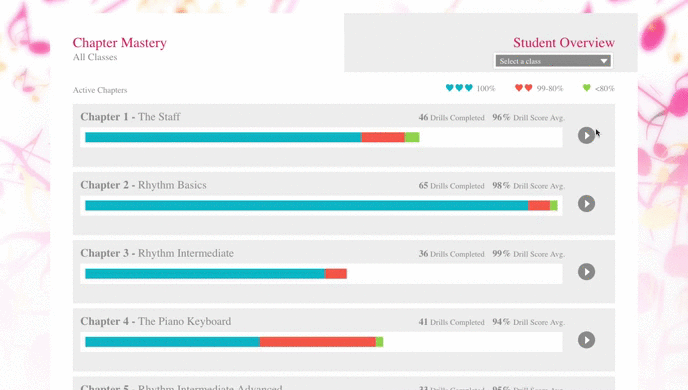 rogress with the at-a-glance charts and graphs in the teacher dashboard. Matthew states, “The data really helped us align the weekly lesson plans and to set long-term goals as well as short-term goals. We could see the overarching success of each student. It’s really useful; we know if our students are mastering every concept. We can work on excellence but meet the kids where they are to help them be successful.”
rogress with the at-a-glance charts and graphs in the teacher dashboard. Matthew states, “The data really helped us align the weekly lesson plans and to set long-term goals as well as short-term goals. We could see the overarching success of each student. It’s really useful; we know if our students are mastering every concept. We can work on excellence but meet the kids where they are to help them be successful.”
Impressed, Amanda printed out these reports to keep a record of how far her students had come. Little did she know how useful this would be.
Using Data to Drive Funding
As the world started to get back to normal, the infusion of aid money that had been aimed at supporting teachers and children during the pandemic began to dwindle. This included the funds that had paid for Breezin’ Thru. They went two years without Breezin’ Thru and saw their music program suffer. Everyone in the music department agreed that it had been a game-changer. Amanda and Matthew knew they would have to convince the decision-makers how important it was to have Breezin’ Thru back as part of the curriculum.
“We were going to have to provide data to show students who were doing well, or students that needed more supports, and student progression. Unlike core content classes that have a more straightforward approach to chart growth, there was no definitive chart for music,” explains Amanda.
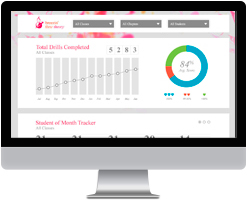
That’s when she remembered the reports from Breezin’ Thru that she had filed away. “It was such a relief to know that we had tangible evidence to support the students’ progress while using Breezin’ Thru. With the dashboard, it had already been done for me!”
“This program helps the kids to read music; they understand counting and rhythms, they understand syncopation, and all the different musical terms that we’re teaching them,” says Amanda. “With that data Dan Smith, our district fine arts coordinator, was able to step-in and secure Breezin’ Thru for all the middle schools and high schools in Clarke County again.”
Elevating State-Level Performances with a Holistic Approach
Amanda and Matthew point out that although Breezin’ Thru was brought in to help kids work remotely because of the pandemic, today it’s used regularly throughout the year because it’s just so effective. The two educators note that with Breezin’ Thru, kids can make the connections between theory and practice more readily and are able to move faster through musical concepts.
The ability to ramp up the pupils’ capacity for sight-reading has helped the school at the Georgia Music Educators Association’s (GMEA) state evaluations, which are held at the end of every year. GMEA provides performance evaluations for individuals and ensembles including band, choral, and orchestra students at the elementary, middle and high school levels.
Amanda and Matthew have found the knowledge the students’ have gained from Breezin’ Thru is directly transferable to improving sight reading, playing a role in earning superior marks at the state evaluation.
As Matthew says,
“With Breezin’ Thru, it allows for us to teach holistically, placing the emphasis on musical literacy. We’re not teaching by rote just so you can go put on a nice performance. You’re performing well because you understand what you’re performing.
It also really takes the pressure off from finding time to fit it into your curriculum – the kids can do it in class or at home. Breezin’ Thru makes it easy to hit all of these standards in the curriculum that sometimes get pushed aside or put on the back burner because of an upcoming performance. So that’s one of the biggest shifts I’ve seen in my instructional approach: instead of just teaching theory by itself, we can now fit it into a more well-rounded curriculum and the students’ playing has really improved.”
Amanda Irby, Band Director
Matthew Rubenstein, Orchestra & Guitar Director
Burney-Harris Lyons Middle School
Clarke Country School District, GA
